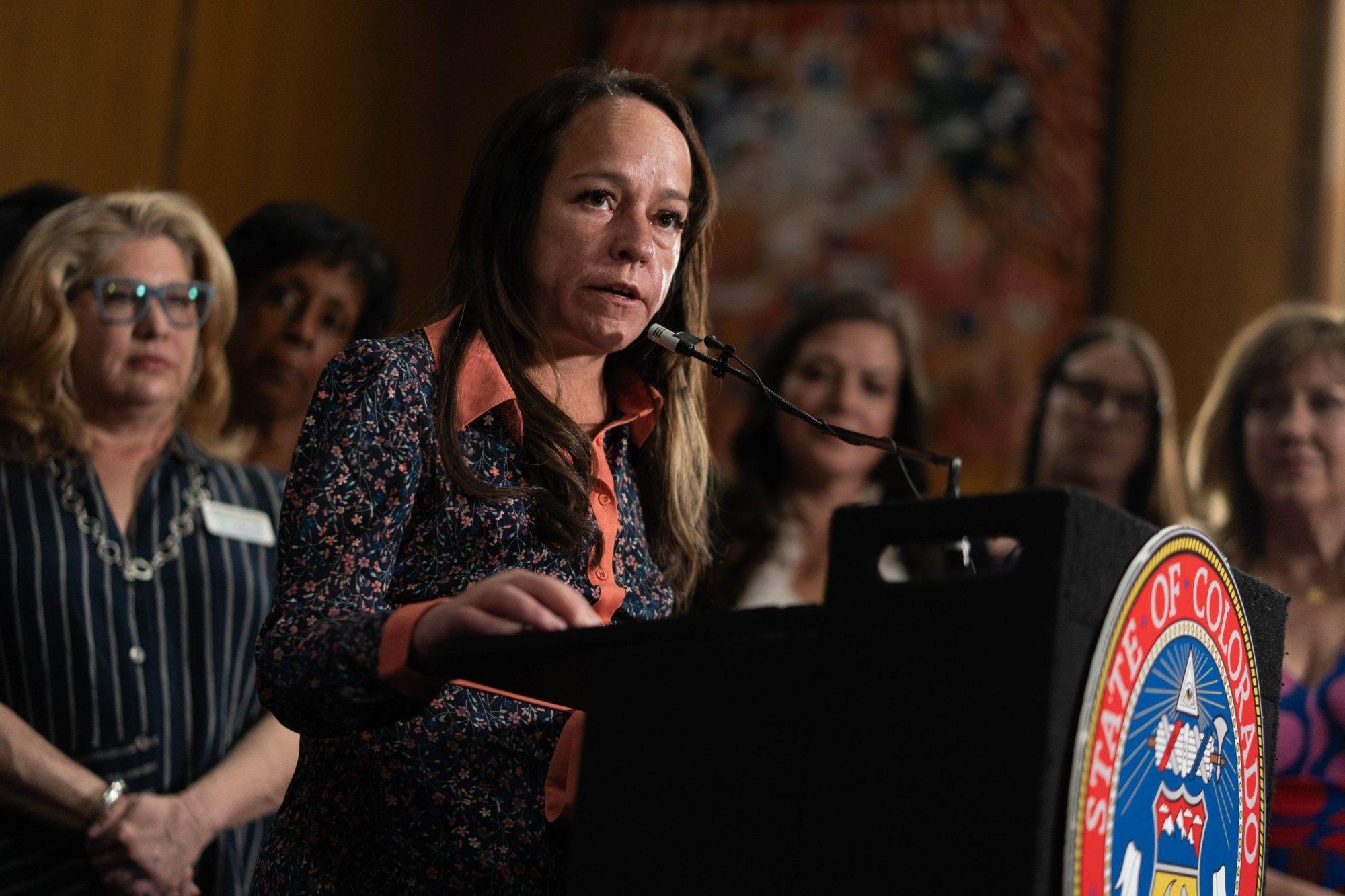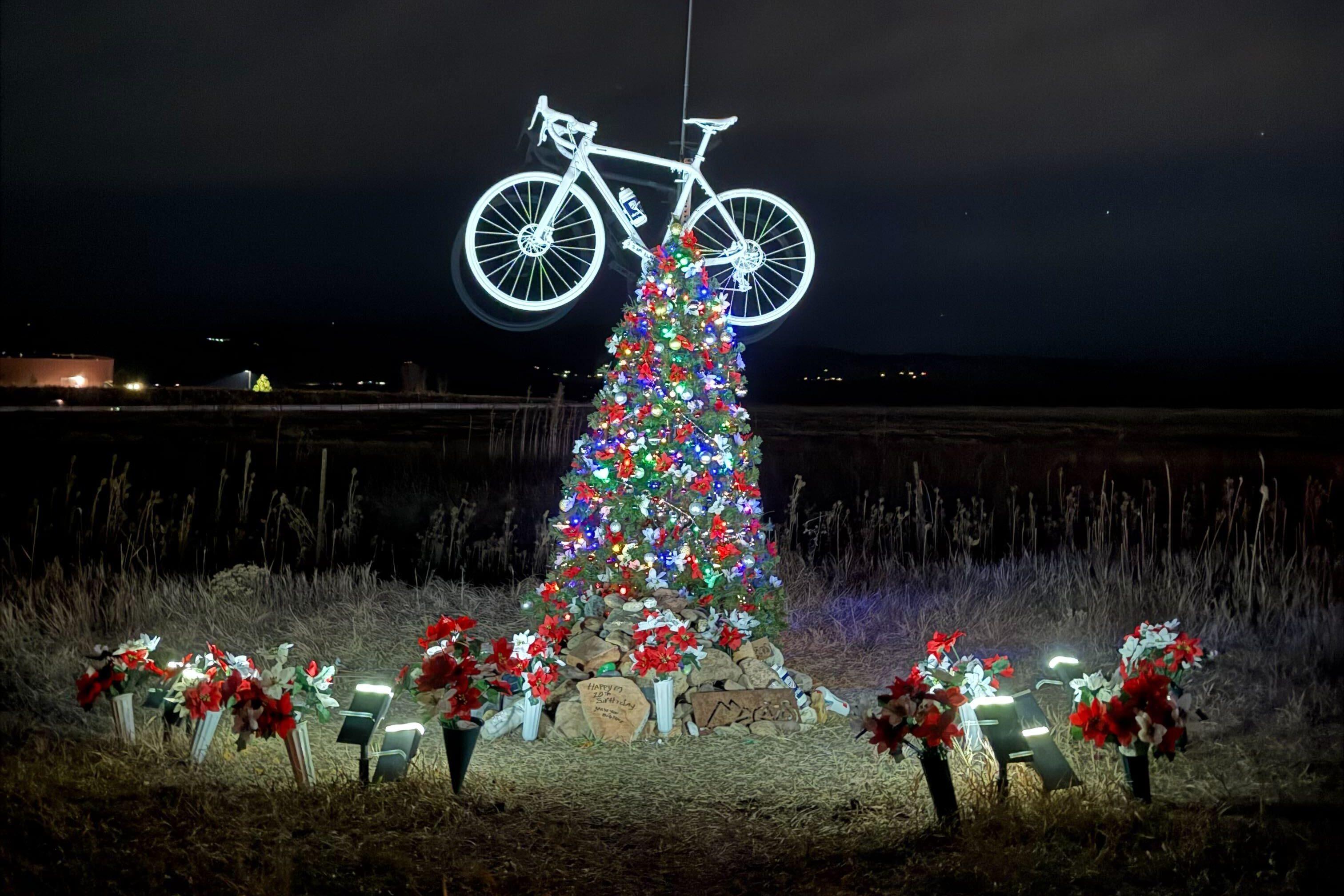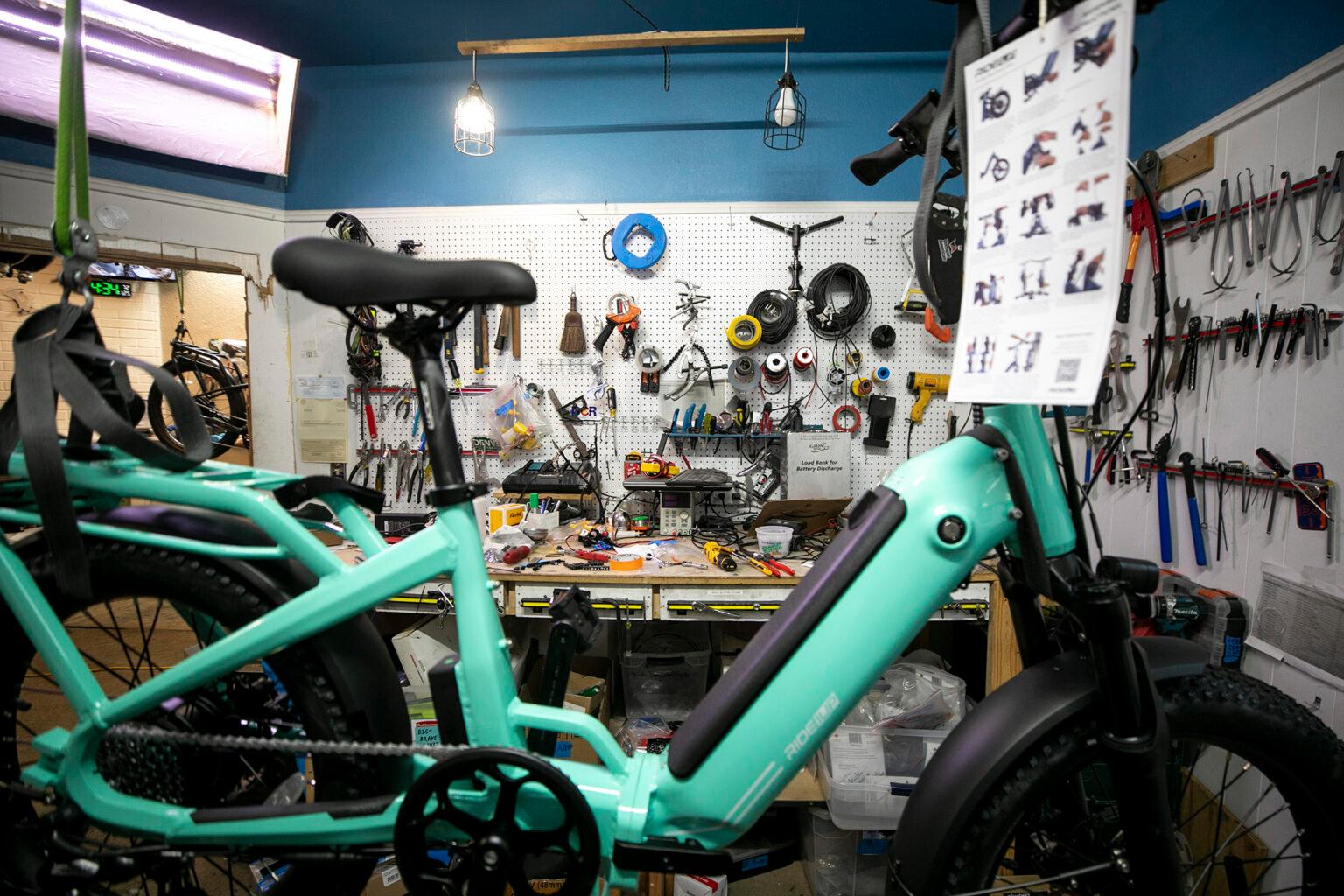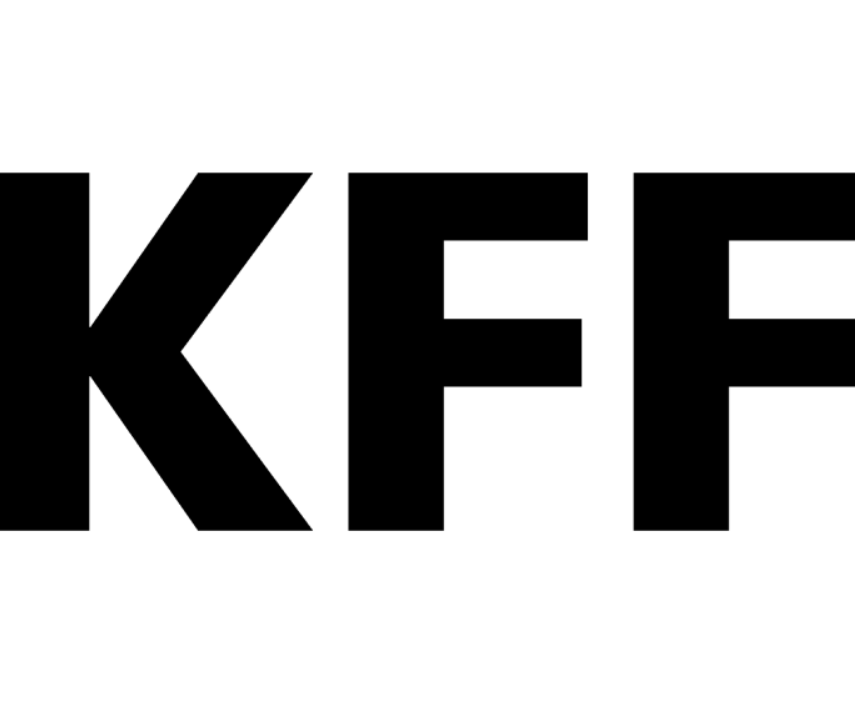
Updated 5:24 p.m., November 04, 2025.
Odd-year elections are a mixed bag for voters.
Ballots arrive without any big-ticket state or federal races. And thanks to the Taxpayer’s Bill of Rights, the only statewide issues you’ll see are limited to questions of taxing and spending.
But depending on where you live, there may still be plenty of drama, with hot-button school board races and controversial local ballot issues.
As of 2 p.m. Tuesday, 1.27 million Coloradans had returned their ballots, accounting for 31 percent of the state’s active voters. That number will have to grow significantly before the polls close tonight to match historic off-year election trends. Turnout in 2023 reached 43 percent. It was 37 percent in 2021 and 44 percent in 2019.
According to the Secretary of State’s office, around 43 percent of the ballots returned so far came from voters aged 65 and up. Unaffiliated voters make up for 42 percent of ballots, with the rest split almost evenly between Democrats and Republicans.
The vast majority of Coloradans are using their mail-in ballots; only 0.4 percent of votes have been cast in person.
Coloradans have two statewide measures to decide. Proposition LL would let the state keep all the money it’s currently collecting for the universal free school lunch program, instead of refunding some of it to higher-income taxpayers. Proposition MM would raise taxes on Coloradans making more than $300,000 a year to fully fund the program and help offset looming federal cuts to SNAP.
The two propositions were put on the ballot by Democratic lawmakers in the spring, with the goal of shoring up a program that has struggled with cost overruns since voters approved it three years ago.
In Denver, voters are also deciding on an expansive bond package, as well as a slate of high-dollar school board races.
Around the state, local governments are posing a range of questions to their voters. The Yampa Valley will decide whether to pursue a new approach to public transit, while three other high country counties may raise taxes for child care subsidies. In Littleton, voters will decide whether to protect single-family zoning in the town charter, while in Pueblo, they’re deciding a range of municipal governance questions.
Polls close at 7 p.m. tonight, but you can still vote if you’re in line by then. Meanwhile, ballots mailed at this point will not be counted. You have to drop them off. Each county operates a number of vote centers and ballot drop boxes.









